Women form an integral part of the fabric of India as a nation. This is undeniable, because women—whether their role is in the households, workplaces or government functions and welfare works—are constantly and actively contributing to building this country into a better version for the future. History, especially histories of women being unearthed nowadays, show that women have also had a huge role to play in the past, so much so that we owe our present rights and freedoms to them.
For centuries, women’s achievements have been relegated to the margins. It is only in the late 20th and early 21st centuries that women and other marginalised groups have begun writing their own histories, shining a light on the countless women who helped shape the world as we know it. Among these women are leaders whose stories are inspiring enough to encourage the emergence of future female leaders. Recognising their contributions is crucial in empowering more women to lead.
The Importance of Celebrating Women Leaders
Women leaders, whether in workplaces, communities, households, or at a national or global level, deserve recognition. Leaders, through their work, character, and accomplishments, influence and guide others. While leaders of all genders should be celebrated, there are specific reasons why women leaders need more recognition:
- Historically, women have not been given the credit they deserve, making it essential to highlight their achievements now.
- Today's women need role models across various fields. By celebrating leaders who have overcome obstacles, we help create those much-needed role models.
- In many sectors, women have only recently gained a foothold, breaking through numerous barriers to achieve success. Acknowledging these leaders can help give them the credibility they deserve.
- Women in leadership positions are often excellent mentors. Recognising their success informs the public, especially those seeking guidance, of the role models and mentors they can turn to.
Most Famous Female Political Leaders
There are many women throughout Indian history who have played a very active role in politics, and been able to inspire people through their deeds. A lot many of these women were also part of the Indian freedom movement, but you’ll be able to read about them in the next section. Apart from these women, there are many who have had an impact on the Indian political scene. Here are a few you should know about.
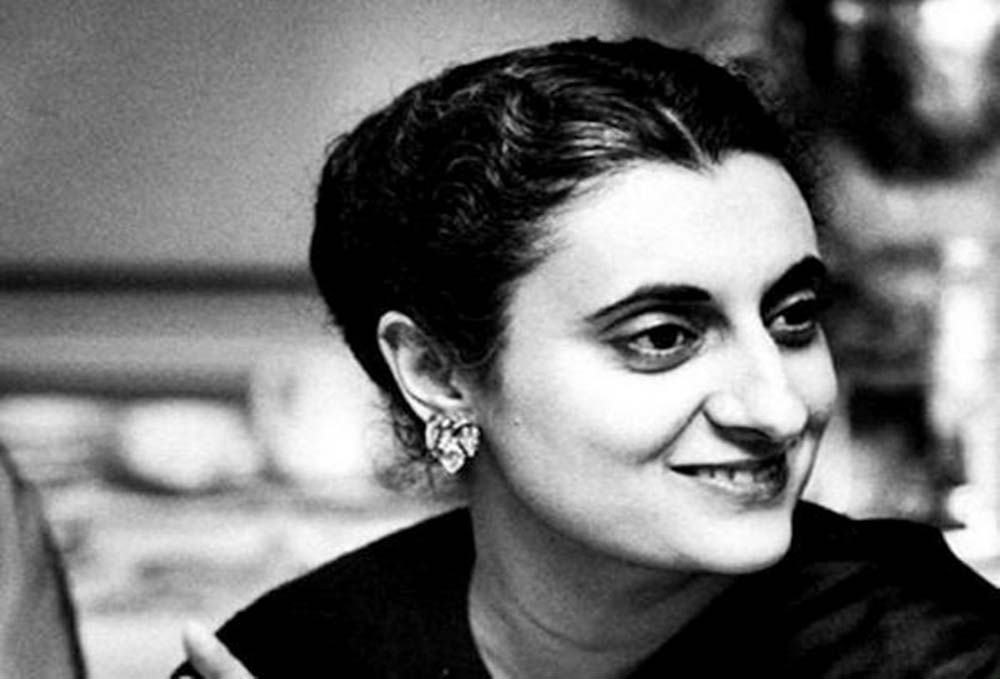
Indira Gandhi
As the first female Prime Minister of India, Indira Gandhi's place in Indian political history is unparalleled. She served two non-consecutive terms—first from 1966 to 1977 and again from 1980 to 1984. Her tenure was marked by bold leadership, notably during the 1971 Indo-Pakistan war, which resulted in the creation of Bangladesh and elevated India's position in global geopolitics. However, her legacy is not without controversy. The Emergency she declared in 1975 is often criticised for its authoritarian overreach, curbing civil liberties, and press freedom. Despite these challenges, Gandhi's influence as a leader who broke gender barriers and steered India through critical moments remains significant.
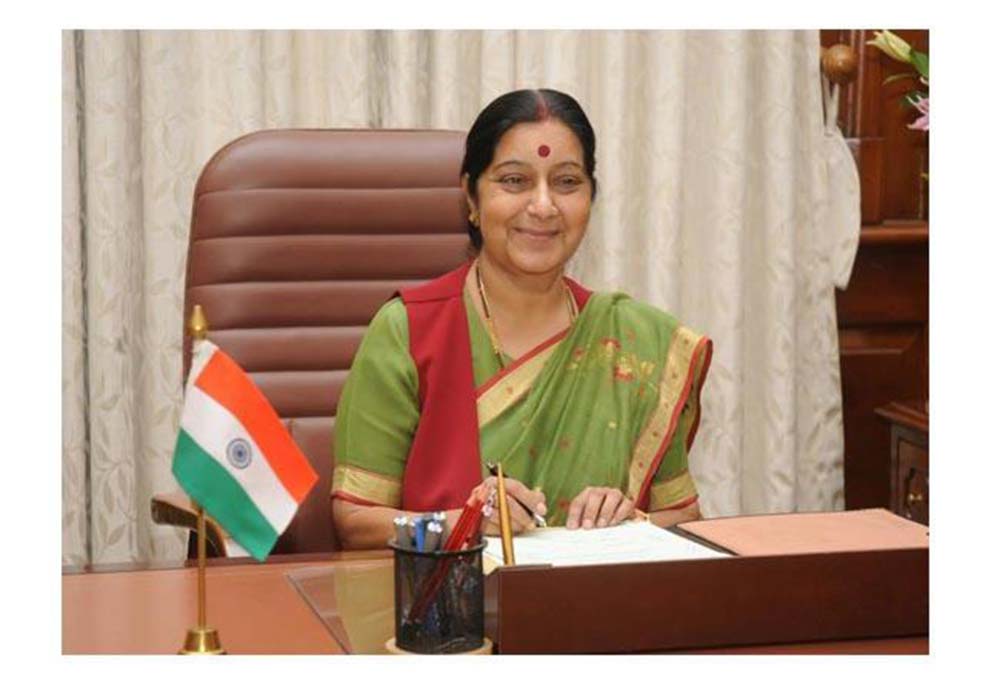
Sushma Swaraj
Sushma Swaraj was an iconic figure in Indian politics, admired for her intellect and commitment to public service. A trained lawyer from the Supreme Court, she served as a member of parliament seven times and was elected to the Legislative Assembly thrice. She made history as the second woman to hold the position of Minister of External Affairs, following Indira Gandhi. Swaraj’s tenure in this role is remembered for her exceptional diplomacy, especially in helping Indian citizens abroad. Her warmth and accessibility made her popular, and she was posthumously awarded the Padma Vibhushan, one of India’s highest civilian honours, cementing her legacy as a trailblazer.
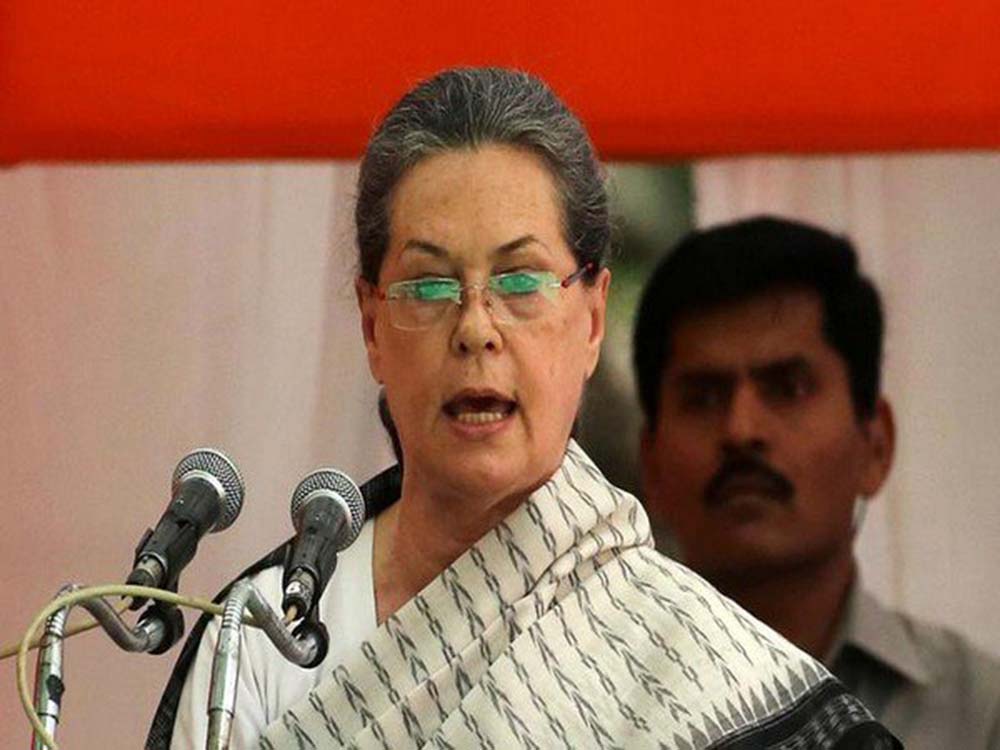
Sonia Gandhi
Sonia Gandhi’s journey from being an outsider in Indian politics to becoming a central figure in the Congress Party is nothing short of remarkable. Born in Italy, she moved to India after marrying Rajiv Gandhi and, over the years, became a powerful political leader. She led the Congress Party through some of its most challenging phases, guiding it to victories in several elections and steering the United Progressive Alliance (UPA) through national crises. Despite facing personal and political struggles, including her husband’s assassination, Sonia Gandhi emerged as a formidable leader, known for her poise and strategic vision in Indian politics.
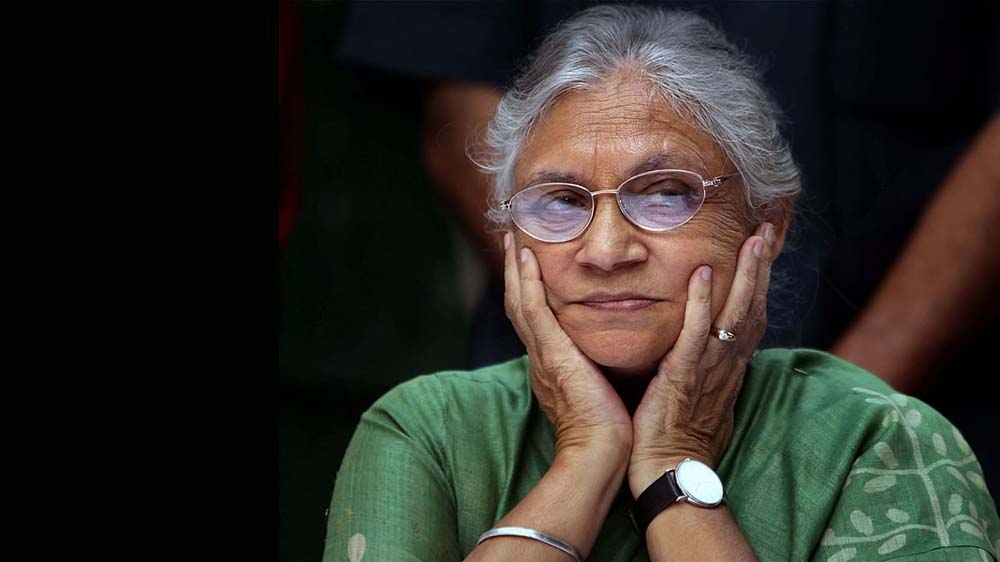
Sheila Dikshit
Sheila Dikshit was a prominent figure in Indian politics, particularly as the longest-serving female Chief Minister of Delhi from 1998 to 2013. Under her leadership, Delhi underwent significant transformations, particularly in infrastructure development and urban modernisation. A senior member of the Congress Party, Dikshit’s tenure is often credited with bringing a more people-centric approach to governance in the capital. In 2014, she briefly served as the Governor of Kerala, further expanding her political career. Her ability to navigate the complexities of Delhi's political landscape gracefully and effectively made her one of the most respected women in Indian politics.
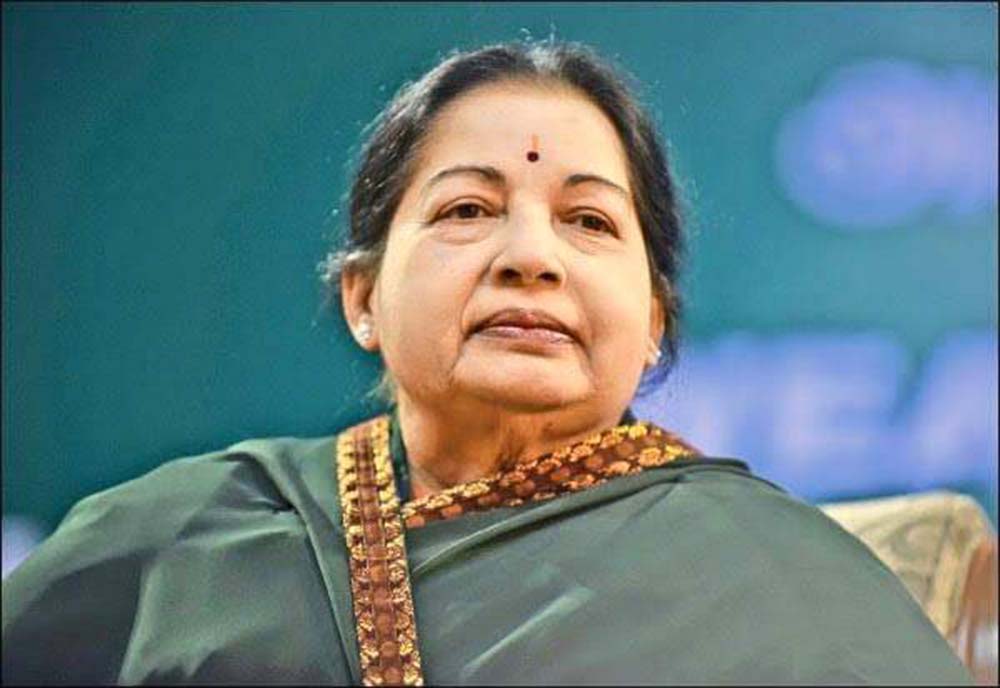
Jayalalitha
Jayalalitha Jayaram, fondly known as Amma, was a political titan in Tamil Nadu and the first female Chief Minister of the state. Before entering politics, she had a successful film career, which she left behind in 1982 to join the All India Anna Dravida Munnetra Kazhagam (AIADMK). She quickly rose through the ranks and became a Rajya Sabha MP in 1984. As Chief Minister, she played a dominant role in Tamil Nadu’s political scene, serving several terms and creating a strong legacy of welfare schemes. Her leadership, charisma, and strong will made her one of the most influential women in Indian politics.
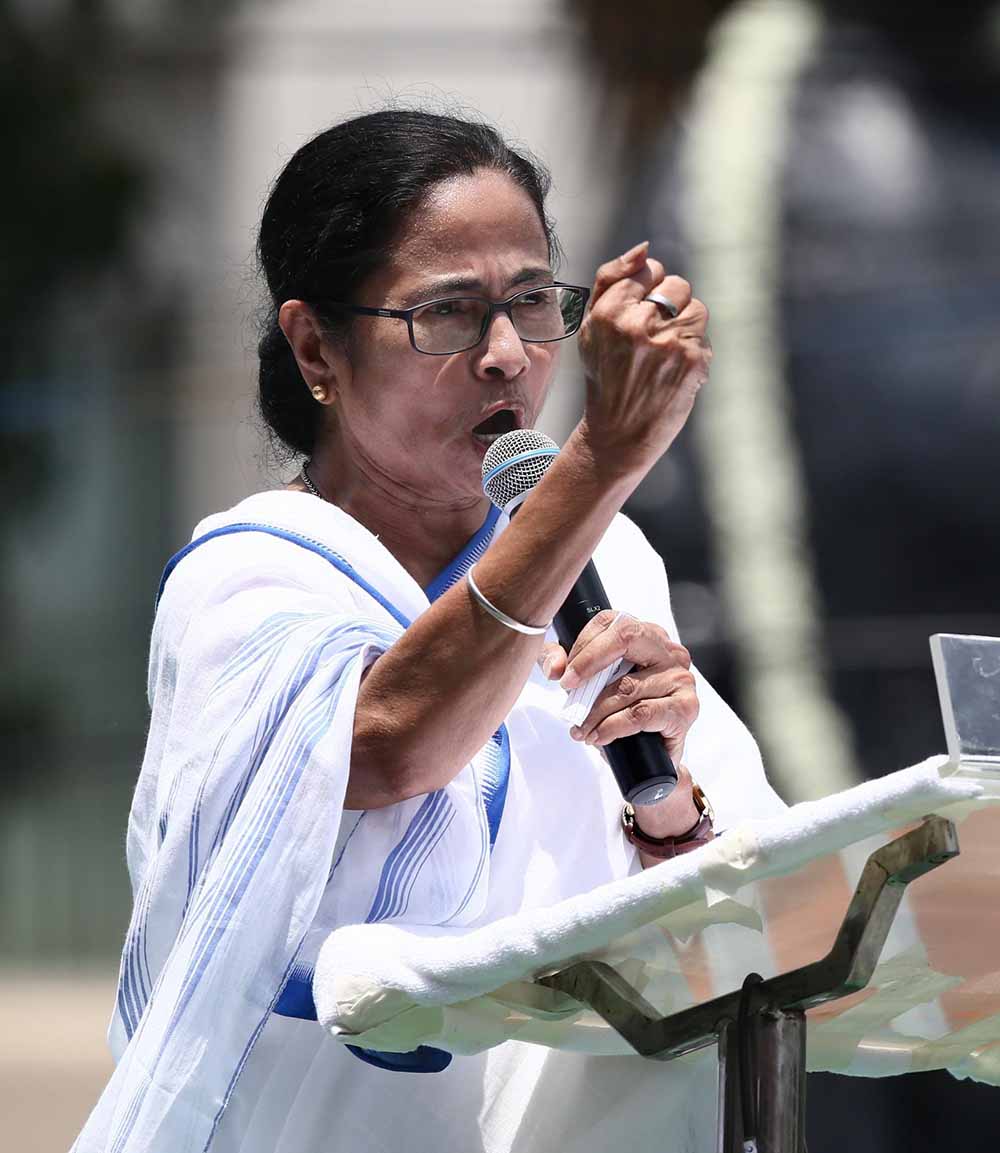
Mamata Banerjee
Mamata Banerjee, often referred to as "Didi" (elder sister), is a powerful figure in Indian politics and the first female Chief Minister of West Bengal. She founded the Trinamool Congress (TMC) in 1997 and successfully ousted the Communist Party of India-Marxist (CPIM), which had ruled West Bengal for 34 years. Banerjee's leadership style is known for its direct approach, and she was also the first female Railway Minister of India. Her focus on grassroots-level issues and commitment to the welfare of common people have cemented her place as one of the most influential political leaders in the country.
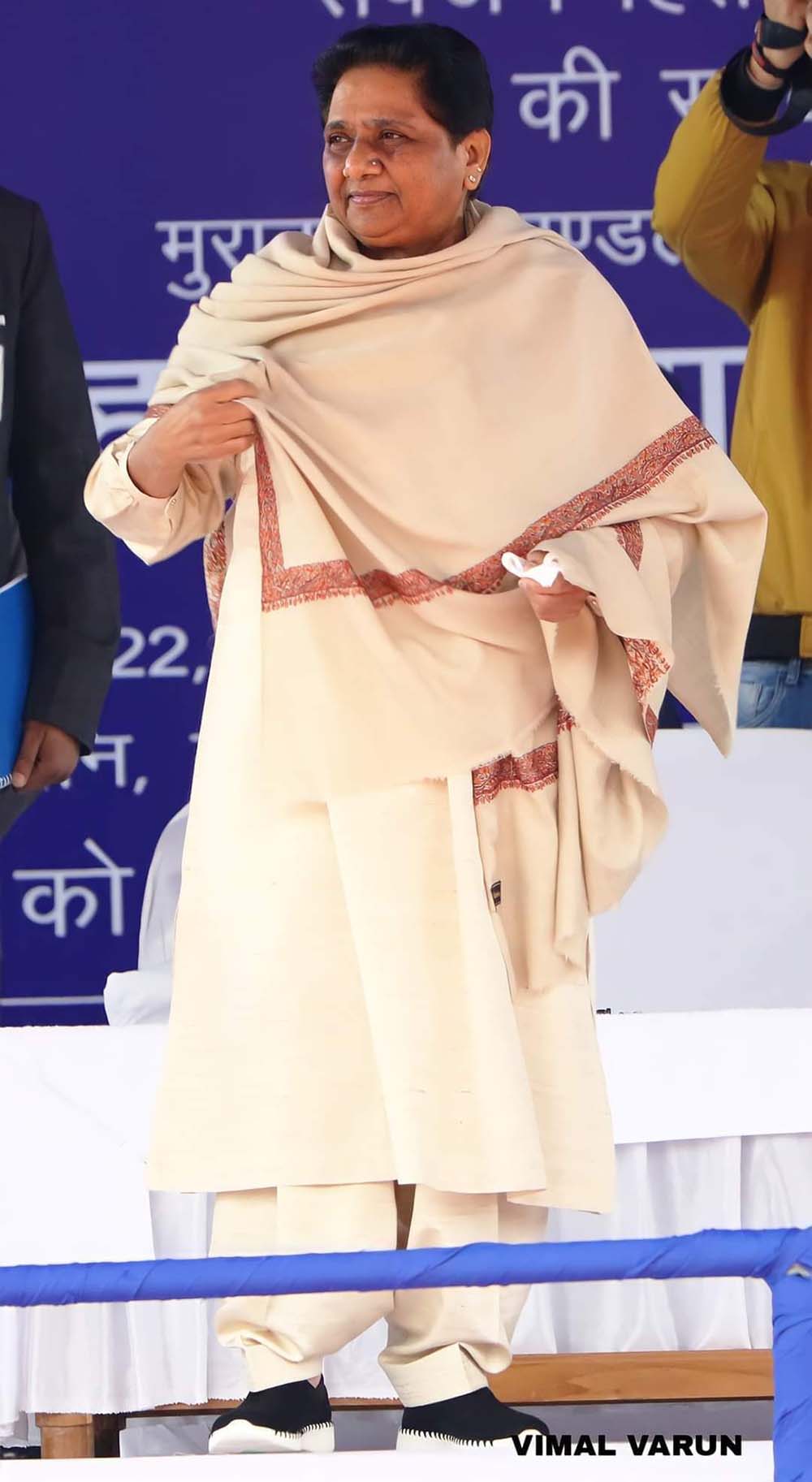
Mayawati
Mayawati, one of the most influential Dalit leaders in India, has served as the Chief Minister of Uttar Pradesh on four separate occasions. A trailblazer for marginalised communities, she is known for her unwavering stance on Dalit rights and empowerment. Her political career has inspired countless women, particularly from disadvantaged backgrounds, to enter politics. Mayawati's leadership of the Bahujan Samaj Party (BSP) has been marked by her efforts to give a voice to the underrepresented, and her significant role in shaping Uttar Pradesh’s political landscape makes her one of the most powerful women in Indian politics.
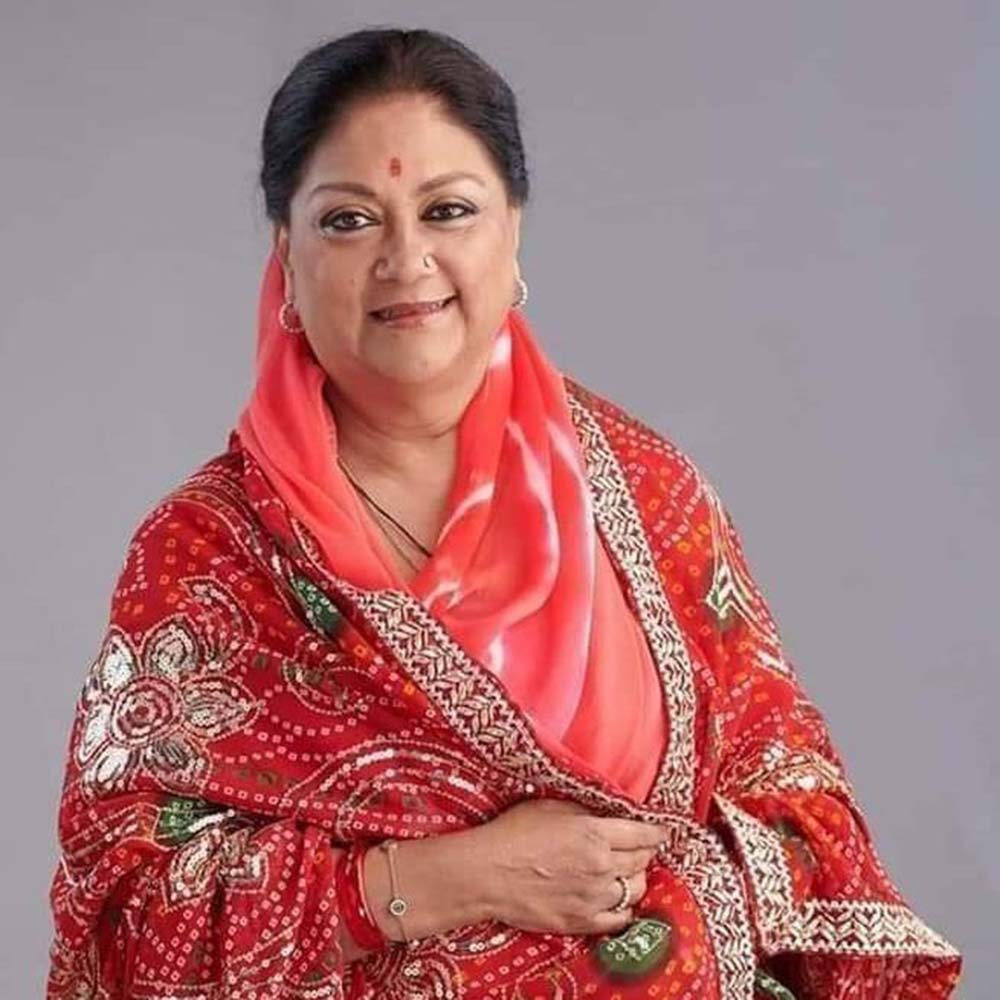
Vasundhara Raje Scindia
Vasundhara Raje Scindia, the first female Chief Minister of Rajasthan, has a rich political legacy, being introduced to politics by her mother, Vijayraje Scindia, a prominent Bharatiya Janata Party leader. Raje was elected to the Rajasthan Legislative Assembly in 1985 and rapidly rose through the ranks to become a national political figure. Her two terms as Chief Minister saw significant economic and social reforms in Rajasthan. Vasundhara Raje’s influence extends beyond the state, making her one of the prominent female leaders in Indian politics, especially in the context of regional leadership.
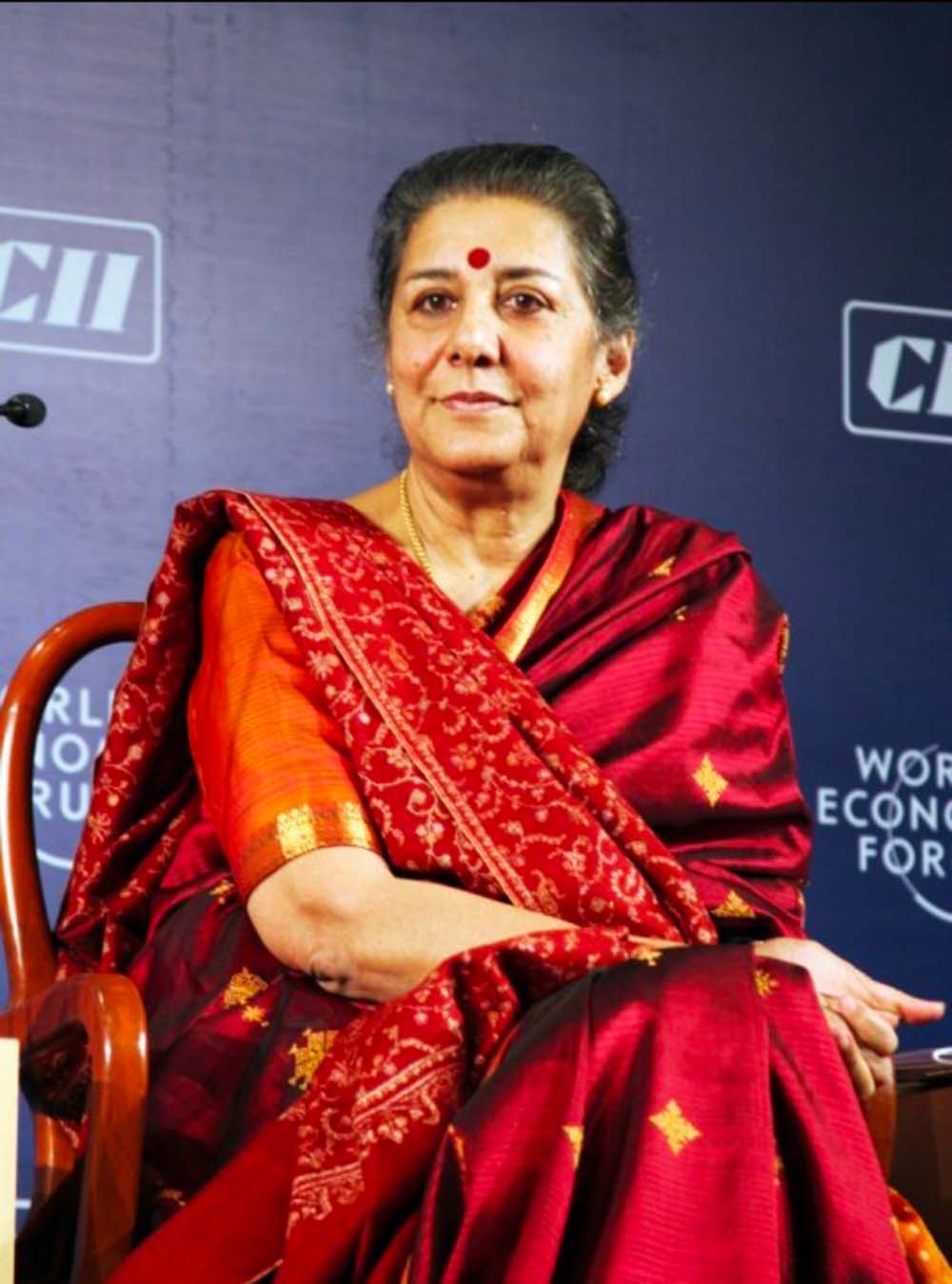
Ambika Soni
Ambika Soni has been a stalwart in Indian politics for decades, representing Punjab in parliament and serving as the nation’s Minister of Information and Broadcasting. Her political career began in 1969 when she was introduced to the Congress Party by Indira Gandhi. Known for her eloquence and keen understanding of governance, Soni has held several important positions within the party. Her contribution to Indian politics, particularly in the media sector, is widely acknowledged, and her influence as one of the most articulate female politicians in the country continues to grow.
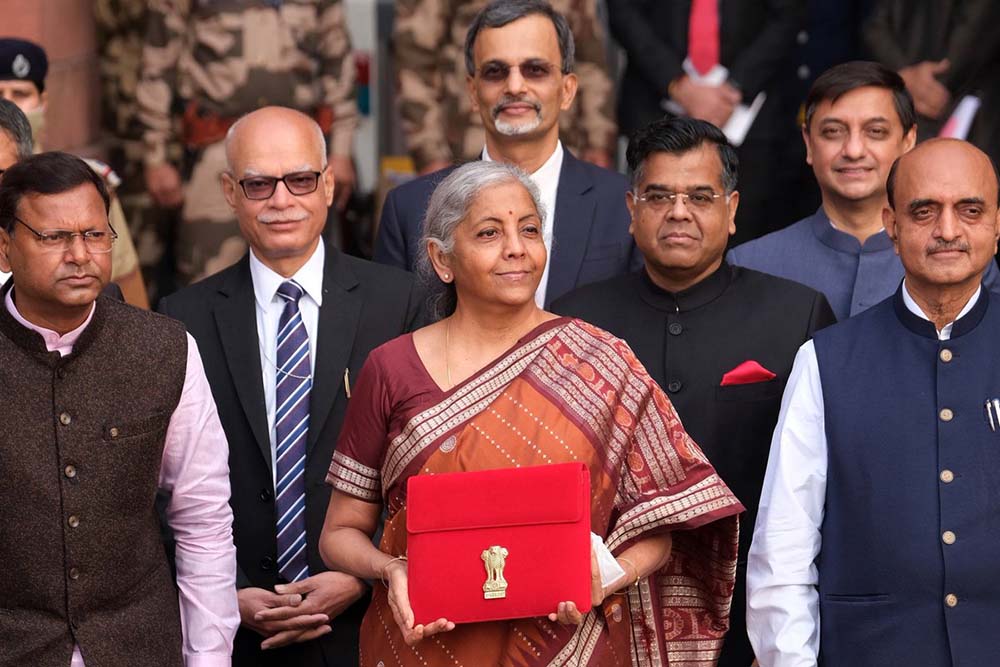
Nirmala Sitharaman
Nirmala Sitharaman, an economist turned politician, is currently serving as India’s Finance Minister, the first woman to hold this prestigious role. Her leadership has gained international recognition, particularly for her efforts in steering the Indian economy during the COVID-19 pandemic. Sitharaman’s focus on financial reforms and economic stability has made her an inspiring figure in Indian politics. She has held several high-profile positions, including Defence Minister, and her pragmatic approach to governance continues to earn her respect both within India and globally.
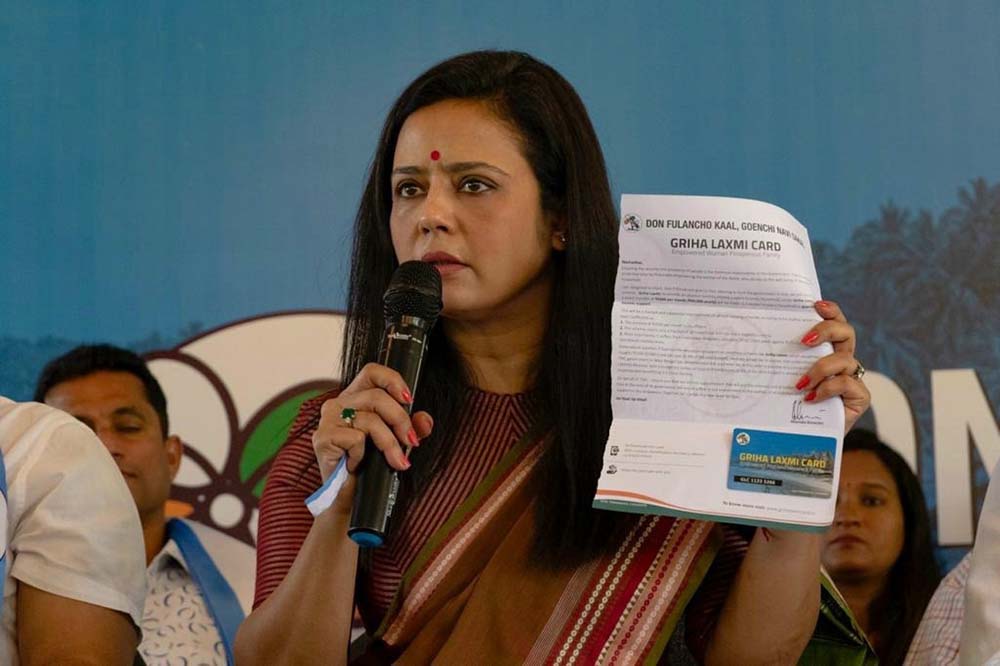
Mahua Moitra
Mahua Moitra, an economist turned politician, joined the Trinamool Congress (TMC) in 2010 and has quickly become one of the most dynamic voices in Indian politics. She was elected to the West Bengal Legislative Assembly in 2016 and later to the Lok Sabha in 2019. Moitra is known for her fiery speeches, especially on issues of governance, corruption, and human rights. Her bold and fearless approach has made her a rising star, inspiring many young people, particularly women, to engage with politics and governance in India.
Most Famous Women Freedom Fighters
Thousands of women participated in the movements against the British government throughout the 19th and 20th Centuries. So, why is it that we know very little of the legacy left behind by the women who fought for our freedom? We certainly know about more male leaders from the same period, which is absolutely deserving, and yet, the women need to be highlighted too. It’s time we right this wrong by sharing the stories of the women who did participate in, contribute to and make sacrifices for our freedom. Here’s what you should know about some of these women who joined the freedom movement.
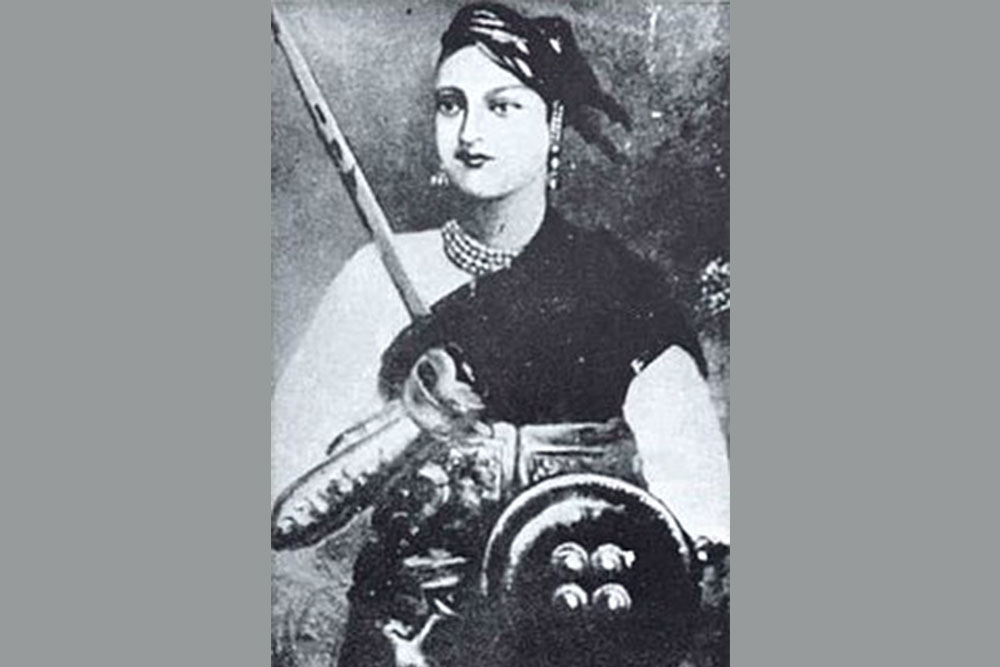
Rani Lakshmibai of Jhansi
Rani Lakshmibai’s story is, in fact, the most well-known. The young, widowed queen of the state of Jhansi fell prey to the British Doctrine of Lapse after the death of her husband, because this law stipulated that a princely state under the British East India Company (EIC) would lose its status if a ruler died without a male heir. Instead of giving up the rights of her kingdom, she decided to battle against the British, joining the revolting forces of Barrackpore, Meerut, Kanpur, Lucknow, and later Delhi. She also trained the Durga Dal, the first women’s military wing in Indian history. She died a martyr with her women soldiers while engaging in battle with the British, but the image of this Indian queen, riding out with her adopted son behind her back, is imprinted deep in all our minds.
Begum Hazrat Mahal of Awadh
The Doctrine of Lapse also stipulated that an unworthy ruler could be deposed and their state taken over by the EIC, and this is what happened to Nawab Wajid Ali Shah of Awadh, who was exiled in 1856. When the Revolt started in 1857, the Nawab’s ex-wife, Begum Hazrat Mahal, took this opportunity to overthrow the yoke of the British on Awadh. She crowned her 11-year-old son as the Nawab, making herself his regent, and quickly mounted a rebellion against the British army with the help of ministers, traders and loyal masses. So fierce was her force that even the British faltered, and offered her a truce (thrice!) and the prospect of returning Awadh to its rightful rulers. The Begum rejected all offers and continued her fight until the British reinforcements quelled the revolt in 1858, at which time she fled to Nepal, where she died in 1879.
The Dalit veeranganas
Jhalkaribai of the Durga Dal is often celebrated as one of the Dalit veeranganas (women warriors or heroes) who led the fight against the British in 1857. But she wasn’t the only one. Dalit and social historians have recently discovered the names and deeds of many women across India who contributed to the Revolt. There are some references to women of the Bhatiyara caste (known as Bhatiyarins), who ran inns across the United Provinces, Awadh and other North Indian regions. One of the most well-known Dalit figures of 1857 was, however, an unnamed woman who is celebrated as Uda Devi from the Pasi community—there’s even a bust of hers in Sikandar Bagh in Lucknow today.
Women against Bengal Partition, 1905
Women’s participation in the movement against the Bengal Partition was high and immediate. When Rabindranath Tagore called for Rakhi Bandhan festivals to represent the unity of the people of Bengal, women across regional and religious divides answered his call en masse. Women not only participated in protests, but also attended mobilisation sessions by politicians. Kadambini Ganguly—one of the first women graduates of India—and Swarnakumari Devi (one of India’s first female novelists and Rabindranath Tagore’s sister) attended the Indian National Congress’s session held in Calcutta, which was to decide on the course of action against the Partition.
Women Wielding Pens against Partition
One of the most empowering ways in which women showed their protest was by wielding pens, and publishing their thoughts on essential nationalist themes like freedom, unity in diversity, Swaraj and Swadeshi. Kumudini Mitra, who edited Suprobhat, and Banalata Devi, who edited Antapur, regularly published articles in support of Indian nationalists, freedom fighters, against British propaganda, and even printed advertisements promoting ‘Swadeshi Shilpa’ or indigenous industries. Sarala Devi Chaudhurani, the eminent women’s rights activist of the time, wrote an inspiring play promoting nationalism, which was published in Bharati. Khairunnesa Khatun, the principal of Sirajgunj Hossainpur Girls’ High School (now in Bangladesh), published an article titled For The Love Of The Motherland, in the magazine Nabanoor.
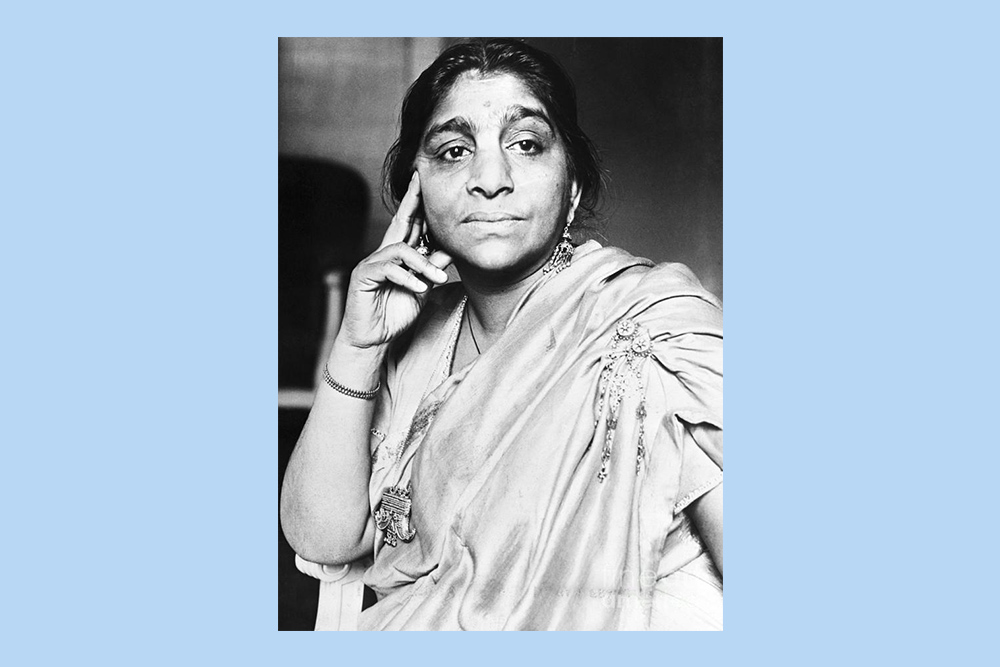
Sarojini Naidu
Also known by the sobriquet given to her by Mohandas Karamchand Gandhi, ‘the Nightingale of India’, for her brilliance as a poet, Sarojini Naidu is easily the most remembered woman freedom fighter of India. Educated in England, she joined the party, and quickly rose through its ranks to become the President of the INC in 1925. To aid her fellow Indian women in getting their rights, she established the Women’s Indian Association in 1917. After the end of British rule, Naidu was elected as the Governor of the United Provinces, making her the first woman in independent India to hold such a huge public office.
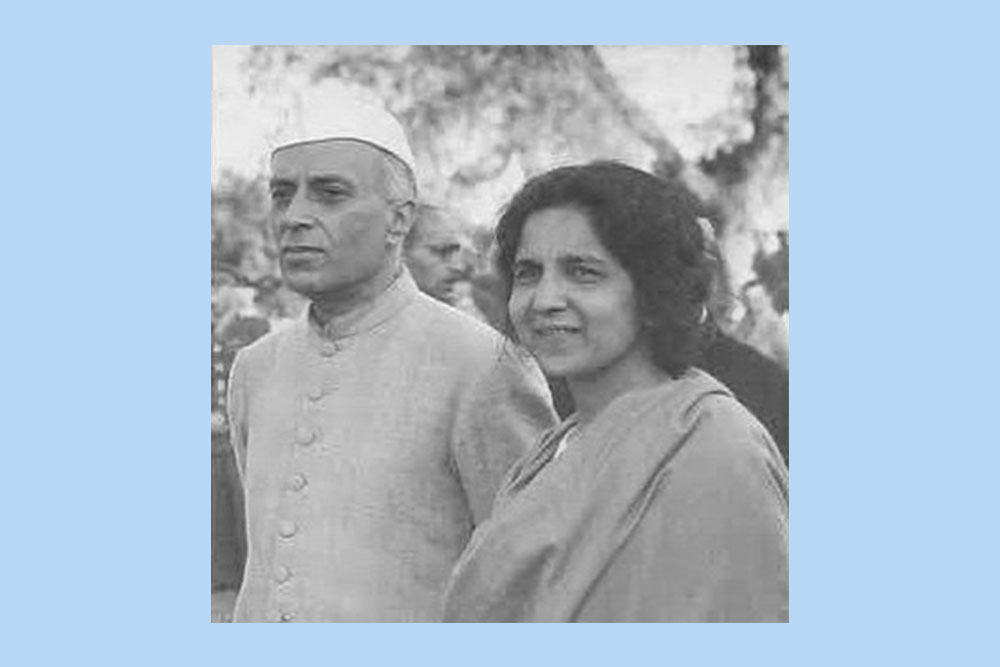
Aruna Asaf Ali
An educator and activist, Aruna Asaf Ali joined the INC in 1928, and participated in the Salt Satyagraha of 1930, for which she was jailed. She was arrested again in 1932, and this time around she started a movement in Tihar Jail to improve the conditions of political prisoners. In 1942, she took charge of the movement, presided over the INC’s Bombay session, and hoisted the Indian flag at the Gowalia Tank Maidan—a deed for which she was dubbed the “heroine of 1942”. After independence, she founded the National Federation of Indian Women, the Communist Party’s women’s wing. In 1958, she was also elected the first Mayor of Delhi.
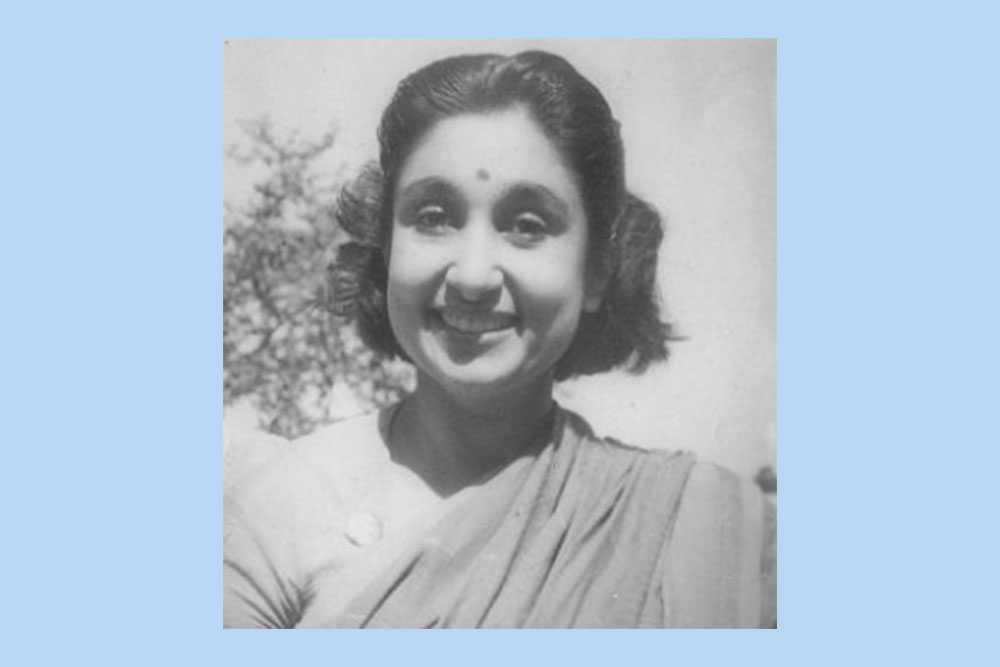
Lakshmi Sahgal
Captain Lakshmi Sahgal was the leader of the Rani of Jhansi regiment of Subhas Chandra Bose’s Indian National Army (INA). While this aspect of Sahgal’s life may be known to most, many are still unaware that this brave leader who took up arms against the British was a trained doctor with an MBBS degree, who was practising in Malaysia before meeting Bose and enlisting in his army. She joined the INA’s march to India across Burma, was arrested in 1945, and sent back to India in 1946 to face the INA trials in Delhi. Sahgal continued her work after independence by leading medical aid efforts for Bangladeshi refugees in 1971, Bhopal Gas Tragedy victims in 1984, and for the victims of the anti-Sikh riots following Indira Gandhi’s assassination in 1984.
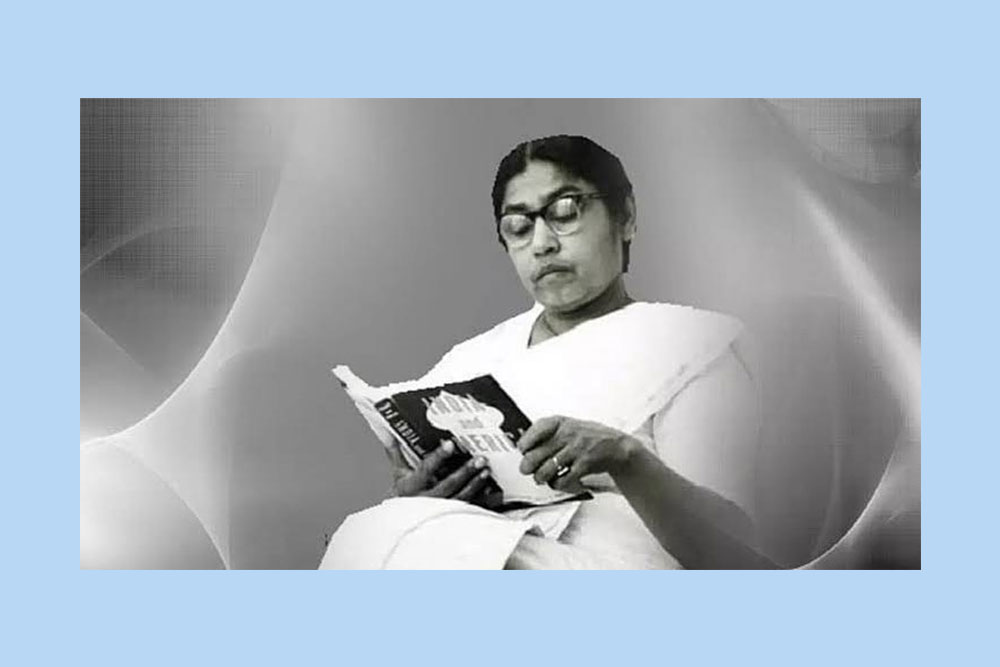
Sucheta Kriplani
You’re likely to know her as the first woman chief minister of India, an office which she held from 1963 to 1967, but Kriplani was also a freedom fighter who led with passion and rage. A professor of Constitutional History at Benaras Hindu University, Kriplani provided aid to Partition riot victims in 1946. The founder of the All India Mahila Congress, Kriplani sang Vande Mataram in front of the Constituent Assembly on August 14, 1947, minutes before Nehru gave his famous “Tryst with Destiny” speech.
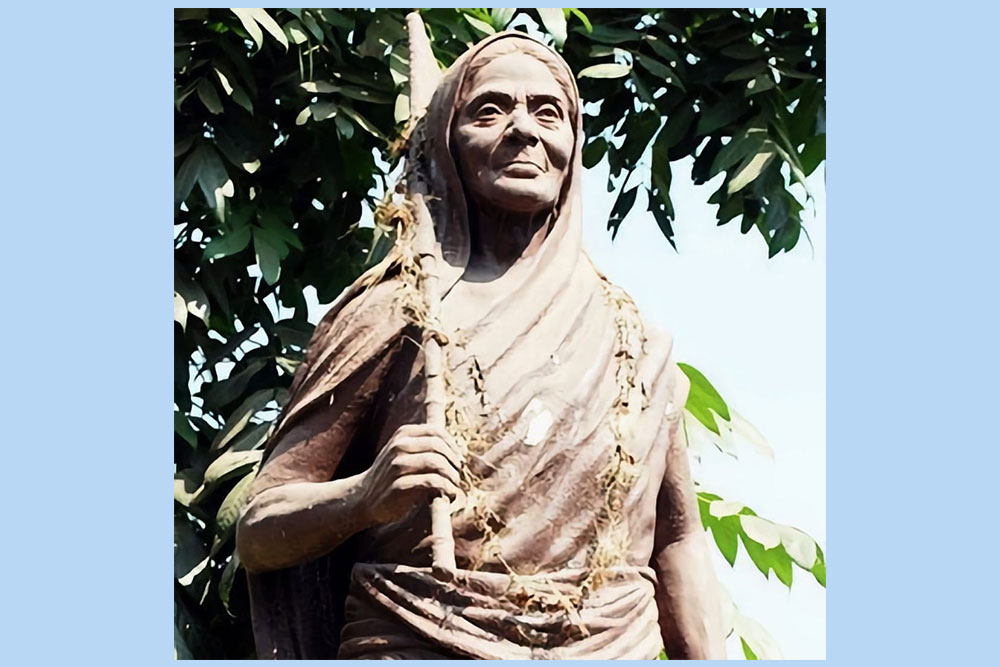
Matangini Hazra
While not much is known about this freedom fighter’s life, the martyrdom of Matangini Hazra, or Gandhi Buri (old lady Gandhi, in Bengali), is something no one should ever forget. A supporter of Gandhian Swadeshi, Hazra not only spun her own khadi, but also participated in the Salt Satyagraha, for which she was arrested. She was injured while attending an INC conference in 1933. In 1942, during the Quit India movement, she held protests against the British in front of the Tamluk Police Station. Reports suggest that as she stepped forward to prevent the police from opening fire on people, she was shot repeatedly, and died while chanting Vande Mataram to her last breath.
Savitribai Phule (1831–1897)
Savitribai Phule was a pioneering social reformer and educator, known for her relentless fight for the rights of women and marginalised communities in 19th-century India. She and her husband, Jyotirao Phule, established the first school for girls in Pune in 1848, challenging deep-rooted social norms. Savitribai worked tirelessly to promote education for women and lower-caste individuals, often facing hostility from orthodox society. Her efforts laid the foundation for future social movements, making her a key figure in the history of women’s rights and social reform in India.
Fatima Sheikh (c. 1838–1920)
Fatima Sheikh was a trailblazer in women’s education and a close collaborator of Savitribai Phule in the 19th century. As one of the first Muslim women educators in India, Sheikh made significant contributions to the cause of social reform. She opened her home to the Phules and helped establish the first indigenous school for girls in Pune. Sheikh’s work extended beyond education, as she advocated for the upliftment of the downtrodden, including women and those from lower castes. Her efforts in the fight against societal oppression remain an inspiration for women’s empowerment.
Pandita Ramabai (1858–1922)
Pandita Ramabai was a social reformer, scholar, and advocate for women’s education and emancipation. Born into a progressive family, Ramabai became a Sanskrit scholar at a young age. She founded the Arya Mahila Samaj to promote education for women, especially widows, who were often ostracised in Indian society. Ramabai also established the Mukti Mission, which provided shelter and education for destitute women. Her contributions to the upliftment of women and her criticism of social evils like child marriage made her one of the most respected reformers of her time.
Dr. Rakhmabai (1864–1955)
Dr. Rakhmabai was one of India’s first practising female doctors and a prominent advocate for women’s rights in colonial India. Her landmark legal battle in the 1880s, where she fought against the enforcement of child marriage, drew widespread attention and sparked debates on women’s autonomy and the age of consent. After winning the case, Rakhmabai pursued her medical education in England, returning to India to practice medicine and champion the cause of women’s health and empowerment. Her life and work were a testament to her determination to challenge societal norms and uplift women.
Mother Teresa
Mother Teresa, born Anjezë Gonxhe Bojaxhiu, was a Catholic missionary who dedicated her life to serving the poor and destitute in India. In 1950, she founded the Missionaries of Charity, which provided care for the sick, homeless, and dying. Her work in Kolkata (formerly Calcutta) gained international recognition, and she was awarded the Nobel Peace Prize in 1979 for her humanitarian efforts. Known for her compassion and selfless service, Mother Teresa’s legacy continues to inspire people across the globe to engage in charitable work and uplift the less fortunate.
Anandi Gopal Joshi
Anandi Gopal Joshi was the first Indian woman to earn a degree in Western medicine, breaking significant barriers in a male-dominated field. Born in 1865, she travelled to the United States to pursue her medical studies at the Woman’s Medical College of Pennsylvania, despite facing immense societal pressure. Joshi’s determination to become a doctor was rooted in her desire to improve women’s healthcare in India, particularly maternal and child health. Although she passed away at a young age, her pioneering spirit continues to inspire generations of women to pursue careers in medicine.
Jhalkari Bai
Jhalkari Bai was a courageous warrior and a key figure in the Indian Rebellion of 1857, often fighting alongside Rani Lakshmibai of Jhansi. Born into a humble Dalit family, she demonstrated extraordinary bravery in the face of adversity. Jhalkari Bai’s role in the rebellion was instrumental, as she often disguised herself as the queen, allowing Rani Lakshmibai to evade capture. Her fearlessness and leadership on the battlefield have earned her a lasting place in India’s history as a symbol of strength and resistance against British colonial rule.
Durgavati Devi
Durgavati Devi, also known as Durga Bhabhi, was a revolutionary and a prominent figure in the Indian independence movement. She was an active participant in the struggle for freedom, working closely with revolutionary leaders like Bhagat Singh and Chandrashekhar Azad. Durgavati’s efforts extended to organising protests, supplying weapons, and assisting in secret operations. Beyond her role in the independence movement, she advocated for women’s rights and education, believing that the empowerment of women was essential for the nation’s progress. Her legacy as a fearless patriot and reformer remains an inspiration for women’s empowerment.
Bhikaiji Cama
Bhikaiji Cama was a key figure in the Indian independence movement and a fierce advocate for India’s freedom from British rule. Born into a wealthy Parsi family, she used her resources and international connections to further the cause of independence. In 1907, she became one of the first to unfurl the Indian flag at a foreign gathering in Germany, symbolising her commitment to the freedom struggle. Cama’s influence extended beyond Indian shores, as she garnered international support for India’s fight for independence, making her a trailblazer in the global arena.
Sucheta Kripalani
Sucheta Kripalani was a prominent freedom fighter and one of the first women to play a significant role in Indian politics post-independence. She actively participated in the Quit India Movement and worked alongside Mahatma Gandhi during India’s freedom struggle. In 1963, she made history by becoming the first female Chief Minister of Uttar Pradesh, a role she held for five years. Kripalani was known for her strong leadership, particularly during the political challenges faced by her state. Her pioneering role in governance made her a significant figure in Indian political history and women’s leadership.
Things You Can Learn from These Women
Things you can learn from these women:
• Despite being largely unrecognised by history, many of these women leaders have been at the centre of great events. That is truly inspiring because it shows that doing your duty is a huge reward in itself.
• Despite immense obstacles laid on their door by patriarchy, taboo and stereotypes, these women had the grit to overcome these odds.
• Many of these women have become leaders in fields that are usually dominated by men. Their success shows that women can become pioneers in any field they choose to work in.
• All of these women have gained experience at a time when communication and information technologies weren’t as well developed as they are today. This makes their resourcefulness truly inspiring and something to learn from as well.
Conclusion
In a country as diverse and culturally rich as India, the stories of these remarkable women leaders serve as a testament to the indomitable spirit of women and their ability to lead and effect change. From the political arena to the battlefields of independence, these women have shown that leadership knows no gender. Their journeys are a source of inspiration for generations to come, urging women to pursue their dreams and ambitions with unwavering determination.
As we reflect on their contributions, let us not forget that there are countless more unsung heroines in the annals of Indian history, whose stories continue to inspire and uplift. In celebrating the accomplishments of these female leaders, we honor their legacy and reiterate the importance of gender equality and empowerment.
May their stories inspire individuals to defy expectations, shatter stereotypes, and strive for a more inclusive and equitable future. These women remind us that leadership, courage, and vision have no gender, and that the pursuit of one's dreams is a universal right, regardless of who you are.
FAQs
Q1: Why are these women important in Indian history?
A1: These women are important because they broke gender barriers, fought for equality, and contributed significantly to India's progress.
Q2: Are there more female leaders in Indian history?
A2: Yes, there are many more female leaders in Indian history. The ones mentioned here are just a few examples.
Q3: What can we learn from these women's stories?
A3: Their stories teach us about courage, leadership, and the importance of fighting for a just and equal society.
Q4: Who are some of the most powerful female leaders in Indian history?
A4: Some of the most powerful female leaders in Indian history include Indira Gandhi, Rani Lakshmibai, Mother Teresa, and Sarojini Naidu, among others.
Q5: What contributions did Indira Gandhi make to Indian politics?
A5: Indira Gandhi was India's first female Prime Minister and served multiple terms. She played a significant role in shaping India's modern political landscape, with key policies and initiatives like the Green Revolution and the nationalization of banks.
Q6: What was Rani Lakshmibai known for in Indian history?
A6: Rani Lakshmibai of Jhansi was a fearless queen who played a pivotal role in the Indian Rebellion of 1857 against British colonial rule. She is celebrated for her bravery and leadership during the revolt.
Q7: How did Mother Teresa impact India and the world?
A7: Mother Teresa was a Roman Catholic nun who dedicated her life to helping the poor and the sick in Kolkata, India. She founded the Missionaries of Charity, an organization that continues to provide charitable services worldwide.
Q8: What role did Sarojini Naidu play in the Indian freedom movement?
A8: Sarojini Naidu, also known as the "Nightingale of India," was a poet, freedom fighter, and the first woman to become the President of the Indian National Congress. She actively participated in the Indian freedom struggle and advocated for women's rights.
Q9: Who was Kalpana Chawla, and what did she achieve?
A9: Kalpana Chawla was an Indian-born American astronaut and the first woman of Indian origin in space. She flew on the Space Shuttle Columbia but tragically lost her life in the Columbia disaster in 2003.
Q10: What were some challenges these female leaders faced in their respective times?
A10: Female leaders in Indian history faced various challenges, including gender bias, societal norms, and in some cases, resistance from political opponents. They had to break barriers to achieve their goals.
Q11: How have these powerful female leaders influenced Indian society and culture?
A11: These female leaders have had a profound impact on Indian society and culture by breaking gender stereotypes, advocating for social change, and contributing to India's progress in various fields, including politics, education, and humanitarian work.
Q12: Are there contemporary female leaders in India who are making a significant impact?
A12: Yes, there are contemporary female leaders in India who are making significant contributions in various fields, including politics, business, and social activism. Women like Nirmala Sitharaman (Finance Minister), Priyanka Chopra (actress and UNICEF ambassador), and Kiran Mazumdar-Shaw (biotech entrepreneur) are among those making a mark.
Q13: How can we continue to honor and remember the legacies of these powerful female leaders in Indian history?
A13: Honoring and remembering the legacies of these leaders can be done through educational programs, museums, monuments, and the inclusion of their stories in curricula. Celebrating their achievements can inspire the next generation of leaders.